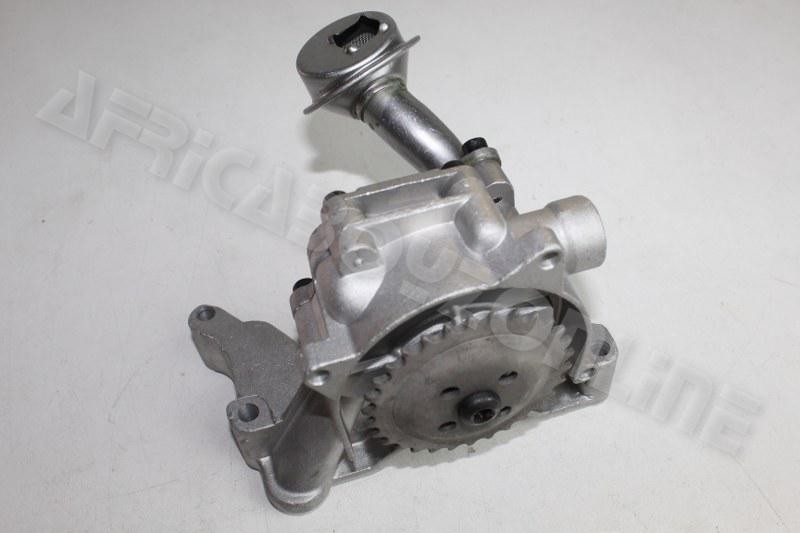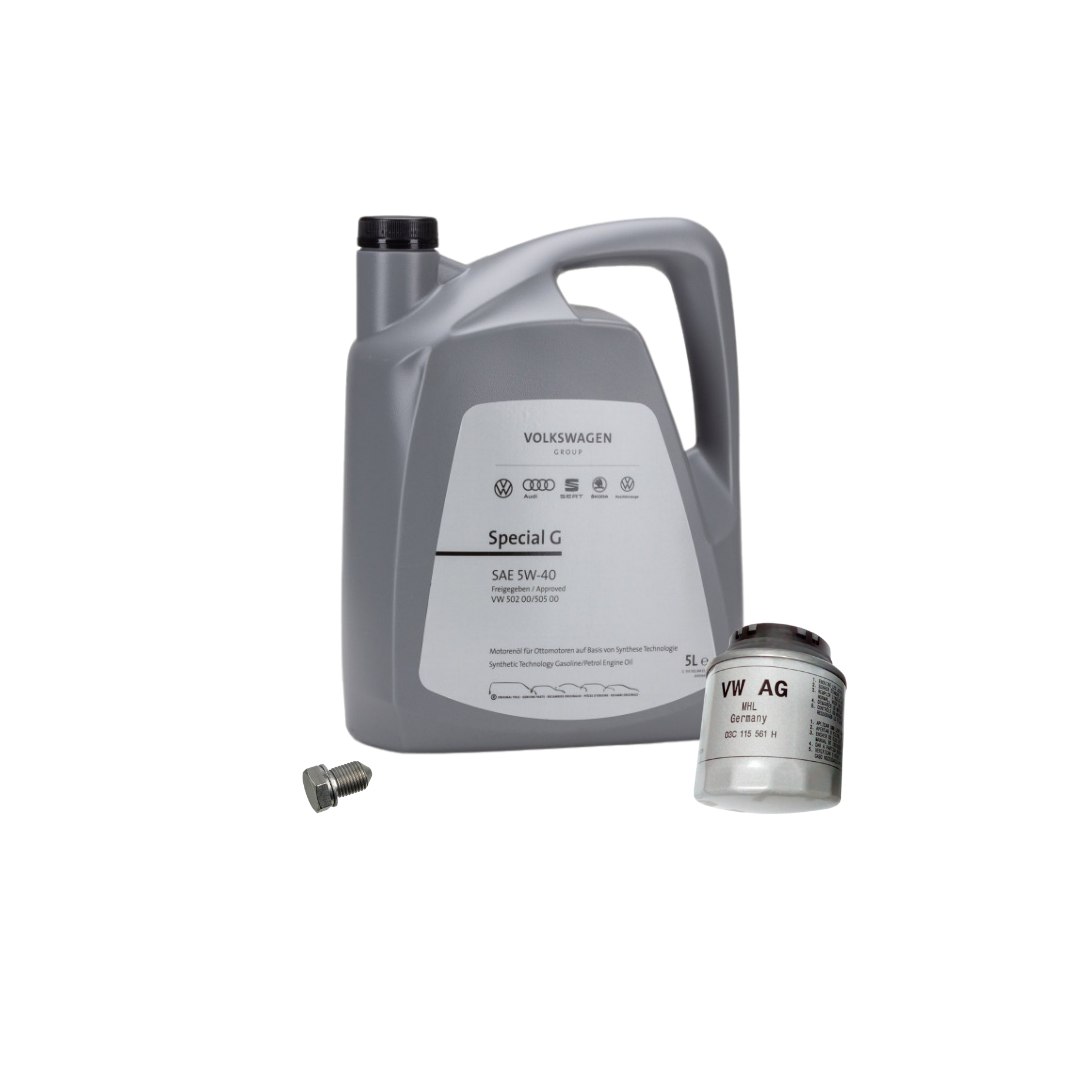Trust a premium clp engine for heavy-duty use.
Trust a premium clp engine for heavy-duty use.
Blog Article
How a Clp Engine Can Boost Performance in Numerous Industries
The development of CLP engines marks a considerable shift in operational effectiveness throughout various sectors, driven by their capability to optimize gas usage and reduce downtime. As companies significantly focus on sustainability together with performance, the role of CLP engines ends up being also much more crucial.
Review of CLP Engines
CLP engines, or Constant Fluid Propellant engines, represent a substantial development in propulsion technology, specifically for area applications. These engines make use of a continuous feed system that permits for the sustained expulsion of propellant, leading to boosted efficiency and efficiency contrasted to typical strong or hybrid propulsion systems. By maintaining a constant flow of liquid propellant, CLP engines can accomplish much more specific thrust control, which is critical for maneuvering spacecraft in numerous objective scenarios.
The style of CLP engines integrates advanced materials and innovative gas monitoring systems. clp engine. This results in decreased weight and increased dependability, essential aspects for long-duration space missions. The continuous operation lessens the risk of combustion instability, a common difficulty in standard rocket engines.

Benefits in Production
The production of Continuous Liquid Propellant (CLP) engines provides several noteworthy advantages that improve both performance and cost-effectiveness. Among the main advantages is the structured manufacturing process, which lowers the complexity related to standard propulsion systems. By utilizing liquid propellant, makers can accomplish higher precision in engine efficiency, causing maximized energy outcome and minimized waste.
Furthermore, CLP engines help with a higher degree of modularity, enabling for simpler integration right into various production lines. This versatility can considerably reduce lead times and boost total operational flexibility. Using CLP technology additionally tends to minimize the demand for extensive upkeep as a result of less relocating components, which translates right into reduced downtime and operational expenses.

Applications in Logistics
Leveraging Continuous Fluid Propellant (CLP) engines in logistics uses substantial benefits in functional efficiency and integrity. These engines provide a robust service for different transport demands, allowing the smooth motion of items throughout vast distances. The inherent layout of CLP engines permits constant power output, which equates into smoother and a lot more predictable transport routines.
Among the key applications of CLP engines in logistics remains in durable freight transport, where they can drive both ground and aerial lorries. Their ability to keep high efficiency under varying load problems ensures that shipment timelines are satisfied, consequently enhancing customer satisfaction. In addition, CLP engines can be incorporated right into automated logistics systems, facilitating real-time tracking and enhancing route planning.
Additionally, the sturdiness of CLP engines reduces upkeep downtime, enabling logistics companies to optimize their functional capacities. This is specifically useful in warehousing operations, where effectiveness in taking care of and moving goods is important. As logistics proceeds to evolve, the assimilation of CLP engines stands for a forward-thinking strategy that not just improves performance but also supports the sector's growing demands for reliability and rate.
Impact on Energy Performance
How do Continual Liquid Propellant (CLP) engines improve energy efficiency in transportation? CLP engines use a consistent circulation of liquid gas, optimizing click now burning processes and preserving a steady thrust outcome. This design lessens power losses related to standard combustion engines, where gas distribution can vary and bring about inefficiencies.
The continual operation of CLP engines enables a more efficient thermal cycle, causing greater specific impulse compared to standard engines. clp engine. This converts to minimized fuel usage for the exact same quantity of work done, dramatically decreasing functional costs across numerous transportation industries, including aeronautics and maritime sectors
Furthermore, the capacity of CLP engines to keep optimum performance under varying lots problems lowers the need for frequent velocity and deceleration, additionally boosting fuel effectiveness. Boosted energy performance not only adds to set you back financial savings however also leads to decrease greenhouse gas emissions, aligning with international sustainability goals.
Future Trends and Innovations
Emerging improvements in Continual look at this website Liquid Propellant (CLP) engine innovation pledge to reinvent the landscape of transport efficiency and sustainability. As markets pivot toward greener choices, CLP engines stand at the center, incorporating cutting-edge materials and style methods that improve performance while minimizing ecological influence.
One of one of the most appealing patterns is the adoption of crossbreed systems that incorporate CLP engines with renewable energy sources. This synergy can maximize gas consumption and decrease exhausts, straightening with international sustainability objectives. Advancements in computational liquid characteristics (CFD) are facilitating the style of even more aerodynamically efficient engines, leading to minimized drag and boosted fuel effectiveness.
In addition, the growth of wise tracking systems is readied to enhance operational efficiencies. These systems take advantage of information analytics and IoT modern technology to maximize engine efficiency in real-time, ensuring that the engines operate within their most reliable parameters.
As research remains to explore alternate propellant solutions-- such as biofuels and synthetic fuels-- the future of CLP engines looks promising. By utilizing these technologies, sectors can not just enhance their effectiveness but likewise add dramatically to a cleaner, much more lasting future in transport.
Verdict
In conclusion, CLP engines stand for a significant innovation in effectiveness across several sectors. The assimilation of innovative products and less moving components reduces maintenance needs, while positioning with sustainability objectives placements CLP engines as a critical innovation for the future.
Report this page